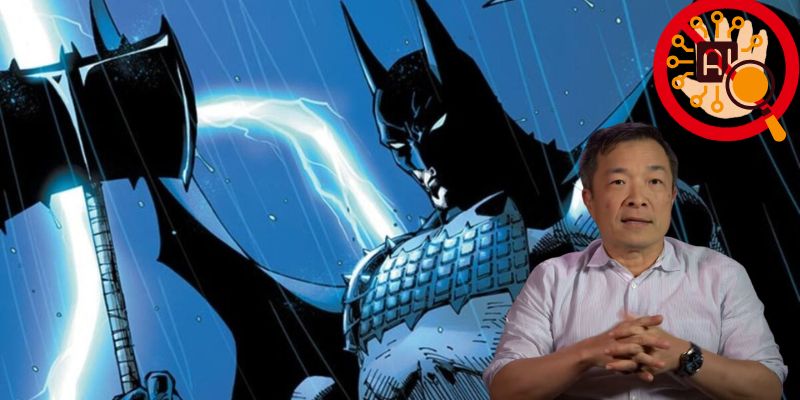You could hear the crowd erupt when DC Comics president Jim Lee took the stage at New York Comic Con this week.
It wasn’t just nostalgia or fandom in the air — it was a sigh of relief. In a world where AI image generators are swallowing creative industries whole, Lee made a promise that felt refreshingly human: DC Comics will not use AI-generated art, period.
As he put it during his talk, “not now, not ever.” The declaration, covered in detail in this report, wasn’t just a policy update — it was a moral stand.
The timing couldn’t be more charged. Across the entertainment world, AI tools have been creeping into the creative process, from concept art to entire storyboards.
And while some creators see this as progress, others see it as plagiarism wrapped in code. Just ask the Hollywood guilds still smarting from last year’s strike — the same strike where one of the loudest demands was for limits on generative AI in film and television.
It’s no coincidence that major studios like Disney and Warner Bros. have already drawn their own lines in the sand when it comes to AI content.
But here’s the thing — AI art isn’t some niche experiment anymore. Platforms like Midjourney and DALL·E are turning out images that can mimic the styles of living artists down to the brushstroke.
A recent analysis found that users on Midjourney overwhelmingly favor stylistic references like Wes Anderson, WLOP, and Alphonse Mucha, raising questions about whether the models are inspired by these creators or copying them outright.
You can read more about that in this recent breakdown.
And it’s not just about copyright — it’s about soul. There’s something ineffable about the way an artist decides where to stop drawing a line or how to make a character’s eyes ache with emotion.
I’ve seen AI try to mimic that spark, but it still feels hollow — like a wax figure trying to pass as human.
Maybe that’s why Lee’s statement resonated so deeply. It wasn’t anti-technology; it was pro-human.
That said, the fight isn’t over. While DC holds its ground, big tech continues to push boundaries.
Google’s Imagen 4 and Gemini 2.5 Flash are already being embedded into design tools like Figma, allowing creators to generate and edit visuals at lightning speed.
You can read about that partnership in this feature on AI-integrated design. It’s efficient, sure — but it’s also blurring the lines between designer and machine in ways we’ve never seen before.
And while all this innovation spins forward, regulators are scrambling to catch up. The European Union’s AI Act has already proposed watermarking requirements for generated imagery, while researchers are experimenting with traceable “authenticity marks” to identify AI content.
One such study on AI image watermarking argues that credibility — not creativity — will soon become the central challenge in the AI art world.
It’s ironic, isn’t it? Technology meant to democratize art might be the very thing that makes us question what art even is.
As I walked through Comic Con’s artist alley — rows of illustrators sweating over sketch pads and watercolors — it struck me how much human imperfection matters.
That smudge on the corner of a page, that uneven ink line… those flaws are where the soul sneaks in.
So when Jim Lee said DC Comics will never rely on generative AI, it wasn’t nostalgia talking. It was defiance. A declaration that in an age of synthetic beauty, authentic imperfection still wins.
And if you ask me, that’s the kind of rebellion comic books were built for.

